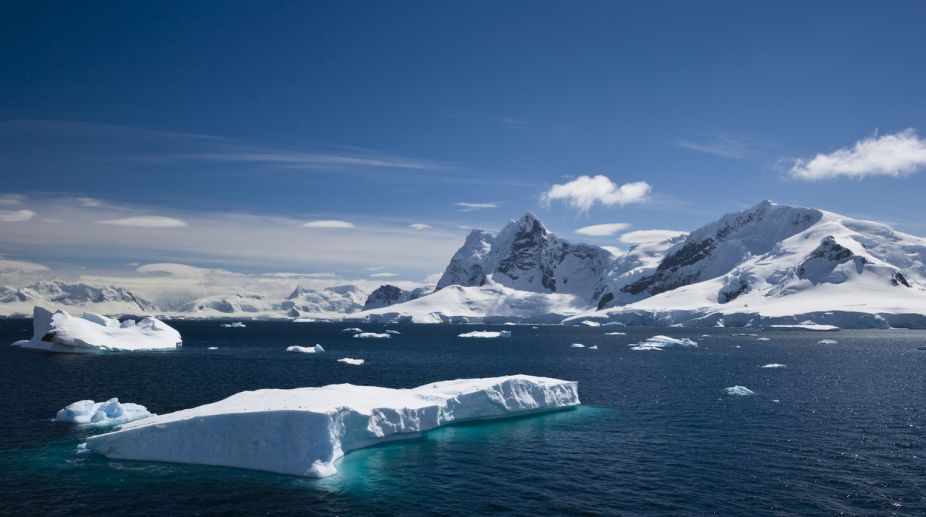Analysing how glaciers are shaped can help scientists identify which one of them are susceptible to thinning, says a study.
Just how prone a glacier is to thinning depends on its thickness and surface slope, features that are influenced by the landscape under the glacier, said the study published in the journal Nature Geoscience.
Advertisement
The research could help predict how much the Greenland Ice Sheet will contribute to future sea level rise in the next century, a number that currently ranges from inches to feet.
The Greenland Ice Sheet is the second largest ice sheet on Earth and has been losing mass for decades, a trend scientists have linked to a warming climate.
However, the mass change experienced by individual coastal glaciers, which flow out from the ice sheet into the ocean, is highly variable. This makes predicting the impact on future sea-level rise difficult.
"We were looking for a way to explain why this variability exists, and we found a way to do it that has never been applied before on this scale," said lead author Denis Felikson, a graduate research assistant at The University of Texas Institute for Geophysics (UTIG) in the US.
Of the 16 glaciers researchers investigated in West Greenland, the study found four that are the most susceptible to thinning: Rink Isbrae, Umiamako Isbrae, Jakobshavn Isbrae and Sermeq Silardleq.
Three of them – Umiamako Isbrae, Sermeq Silardleq and Jakobshavn Isbrae – are already losing mass, with Jakobshavn being responsible for more than 81 per cent of West Greenland's total mass loss over the past 30 years.
Rink has remained stable since 1985, but through shape analysis researchers found that it could start to thin if its terminus, the front of the glacier exposed to ocean water, becomes unstable. This is a strong possibility as the climate continues to warm.
"Not long ago we didn't even know how much ice Greenland was losing, now we're getting down to the critical details that control its behaviour," Tom Wagner, director of NASA's cryosphere programme, which sponsored the research, said.
The analysis works by calculating how far inland thinning that starts at the terminus of each glacier is likely to extend.
Glaciers with thinning that reaches far inland are the most susceptible to ice mass loss, the study said.











